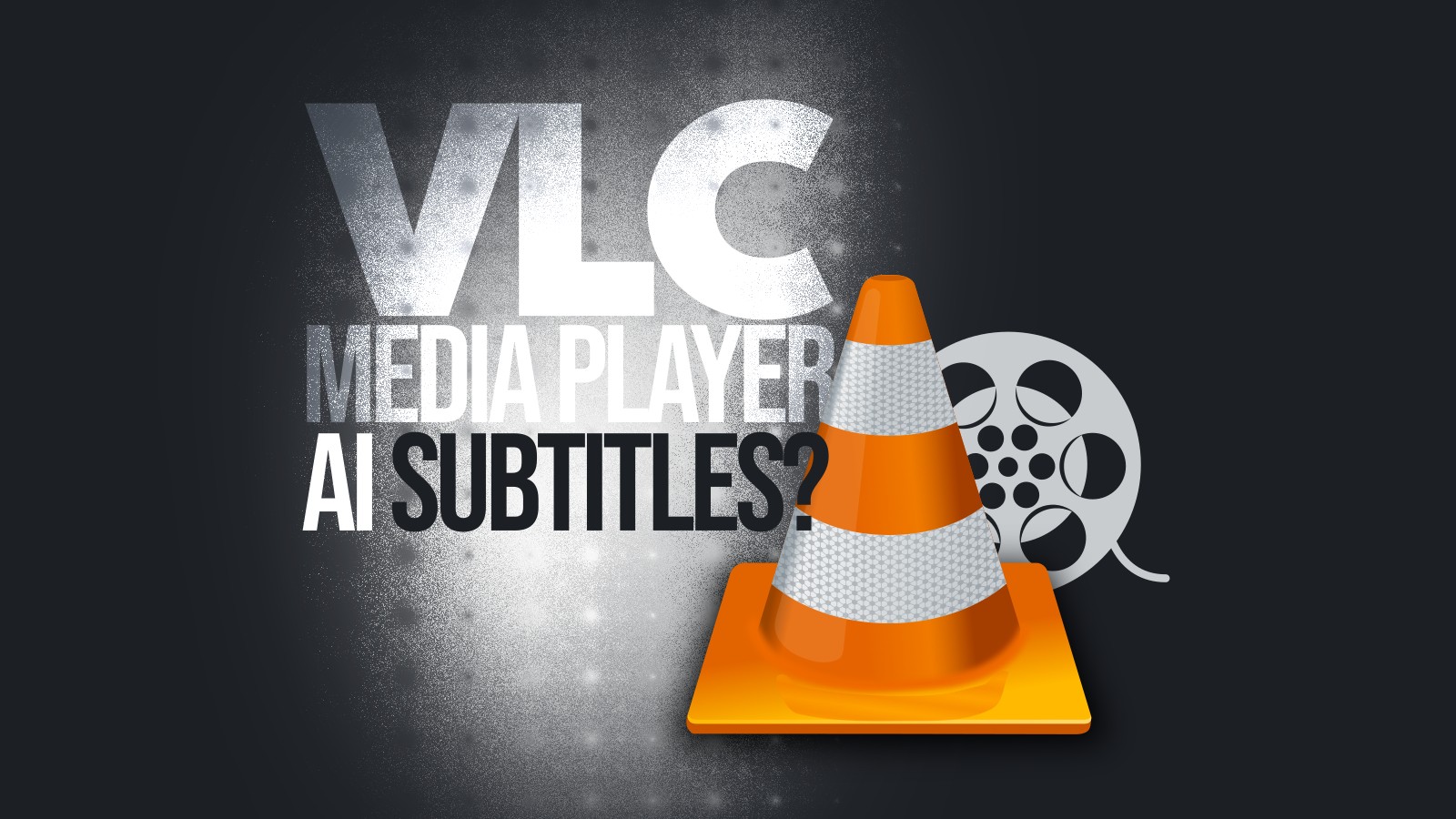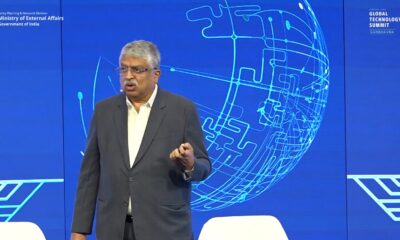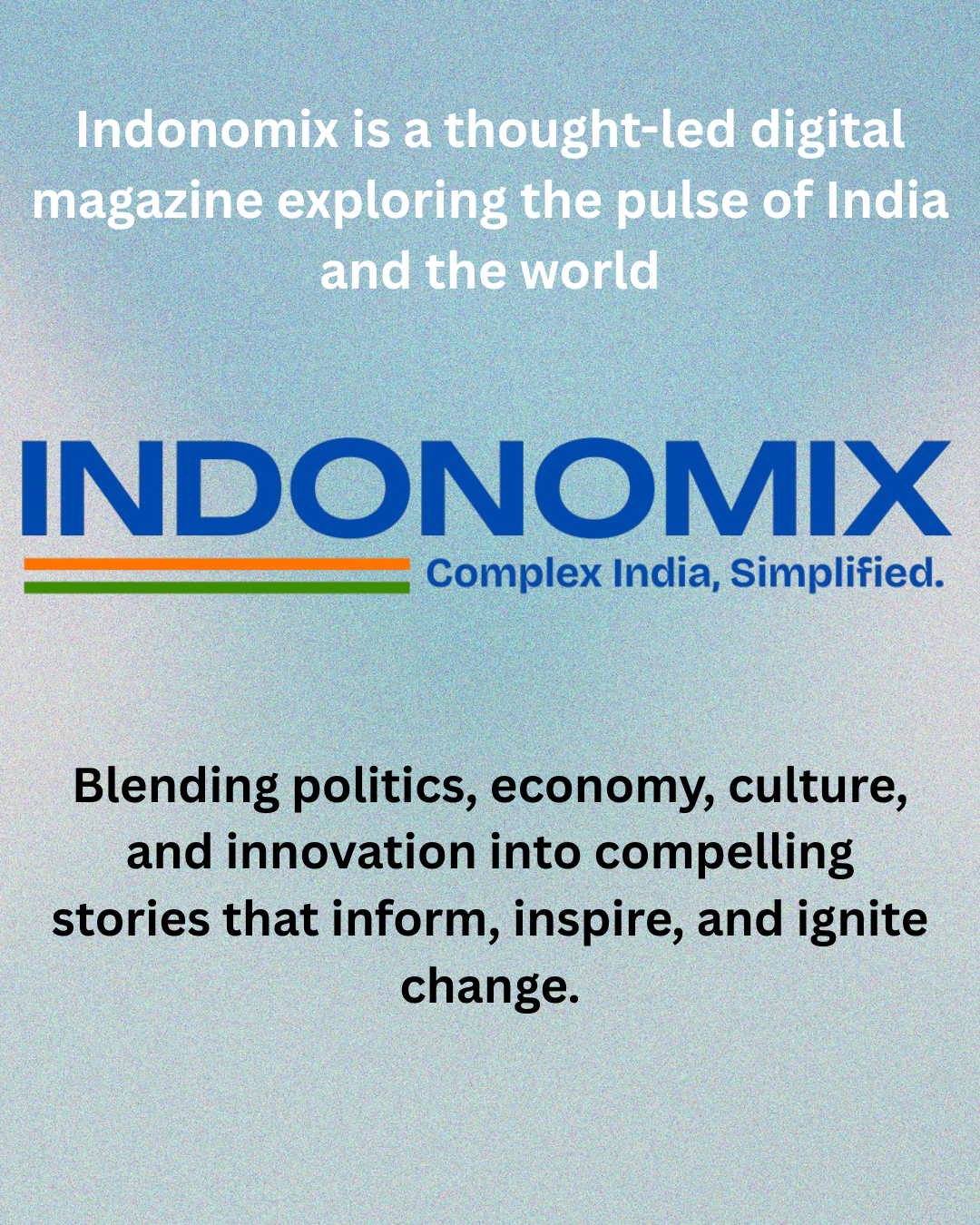For years, VLC Media Player has sat quietly on millions of computers and phones — the quiet workhorse of digital life. It doesn’t scream for attention with splashy ads or fancy subscriptions. It just… works. You click a video, VLC opens. Simple.
But now, this humble player is making waves. It has just rolled out a feature that could change how people across the globe watch movies, listen to podcasts, and even attend online classes: free, AI-powered subtitles with real-time translation in over 100 languages.
And here’s the thing — it doesn’t cost a rupee.
A Quiet Revolution in Your Pocket
This isn’t some premium, gated tool for enterprise clients or tech bros in Silicon Valley. This is for everyone. For the student in a small town in India watching a German documentary. For the retiree in rural Brazil catching up on a Korean drama. For the Kenyan YouTuber trying to grow her audience in Europe.
In an age of algorithmic noise and corporate paywalls, VLC just handed people a quiet but powerful tool — and didn’t ask for a dime in return.
“When I saw it translate a French film I’d never thought I’d understand — in real time — I literally smiled through the whole thing,” said Priya Sinha, a media studies student in Ranchi. “It felt like someone had opened a window.”
From Subtitles to Real-Time Understanding
Let’s take a step back. Subtitles have always been the bridge between languages. But for the longest time, that bridge was narrow — built manually, often slowly, and usually only for major content. YouTube tried auto-captioning years ago, but the results often became viral memes (“incoherent English” is almost a genre).
What VLC is doing now feels different. It’s not just recognizing and captioning speech; it’s translating it on the fly, using artificial intelligence trained on massive language datasets. And it’s doing so with surprising accuracy — not perfect, but close enough to feel human. Nuance is still tricky. Slang, dialects, emotion — AI still has work to do. But what used to take days or weeks by professional translators is now happening live, in the moment.
And it’s not just a technological flex. It’s deeply personal.
Why It Matters: The World Is Talking — And Finally Listening
Most of the internet is still dominated by English. But most people are not. Billions navigate content in languages they don’t fully understand, or worse, ignore it altogether because it feels out of reach.
VLC’s move — bringing 100+ languages into the subtitle fold — tears down that invisible wall.
Think of a grandmother in Tunisia watching her grandson’s wedding video from Canada. Or a filmmaker in Tokyo trying to reach viewers in Lagos. Or a teenager in Bihar diving into Scandinavian thrillers without waiting for subtitles to be released a year later.
Language becomes less of a gatekeeper. Culture becomes more accessible. The world gets smaller, softer, more open.
A Nudge to the Giants
This also sends a signal to the streaming behemoths — Netflix, Amazon, YouTube. For years, they’ve offered subtitle and translation features, but only within tightly controlled ecosystems. Often behind subscriptions. Sometimes only for their original content.
VLC, ever the outsider, just handed everyone a universal translator.
And that’s the bold part. Because now, even if your content isn’t on a streaming service, you can watch it in your language. Independent films, lecture recordings, regional music videos — it all becomes fair game.
Suddenly, VLC feels less like a passive player and more like a disruptor. Not with flashy press releases or tech conferences, but with something far more radical — free access.
A Bit of Tech Under the Hood
So how does it work?
VLC’s system blends natural language processing (NLP) with machine translation models — the kind used in tools like Google Translate or DeepL, but built to handle real-time video playback. The AI listens to the audio, parses the speech, identifies language patterns, and converts them to readable subtitles in your chosen language.
This is not easy. Real-time processing requires fast servers, contextual learning, and a boatload of computing power. The fact that VLC is offering this without charge is impressive — and possibly a long-term experiment to see what kind of decentralized, people-first tech still has room to grow.
There’s a catch, of course. You’ll still need an internet connection for the AI to process and translate. And yes, mistakes will happen. Accents may trip it up. But it’s improving fast — and every use helps it learn.
A Glimpse Into the Future
This may be just the beginning.
If VLC can do this, what’s stopping a future where AI-generated dubbing becomes the norm? Where your favorite actor’s voice is cloned and speaks your language, with matching lip-sync? Where classrooms, town halls, or YouTube tutorials get instant voiceovers in every regional tongue?
For a country like India — with 22 official languages and thousands of dialects — this tech is nothing short of revolutionary. It democratizes access. It helps bridge the English divide. It turns the internet from an English-first experience to a multilingual playground.
Imagine government campaigns being instantly translatable into tribal languages. Or a Bhojpuri folk singer reaching fans in Nigeria. That’s not a fantasy anymore.
The Bigger Picture
In an age of AI anxiety — about jobs, deepfakes, surveillance — VLC’s move feels refreshingly different. This is AI as an enabler. A quiet ally. A tool that does not demand attention or subscription, but simply invites you to understand.
It doesn’t take much. Just open VLC, play your file, turn on subtitles, choose a language.
And suddenly, a film made 7,000 miles away speaks directly to you.
It’s easy to miss the significance of this. But 10 years from now, when we look back at how AI changed the media landscape, we might remember not just the flashy apps and billion-dollar tools — but the free, humble video player that quietly made the world feel a little more connected.
By Indonomix Desk
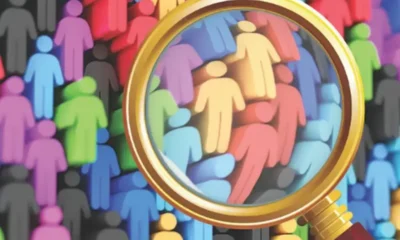
 Culture & Society2 months ago
Culture & Society2 months ago
 Culture & Society2 months ago
Culture & Society2 months ago
 Opinion2 months ago
Opinion2 months ago
 Business2 months ago
Business2 months ago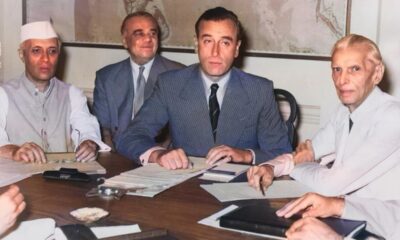
 Culture & Society2 months ago
Culture & Society2 months ago
 Culture & Society2 months ago
Culture & Society2 months ago
 iNational Indic2 months ago
iNational Indic2 months ago
 Culture & Society2 months ago
Culture & Society2 months ago
